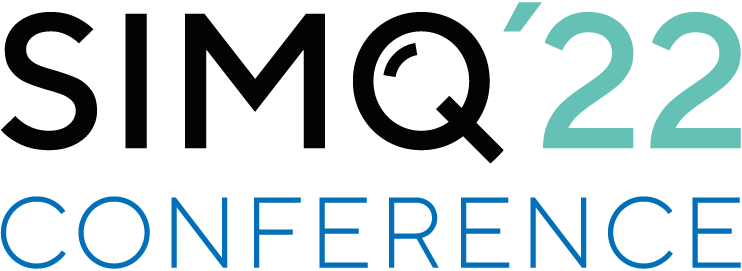Use Simq's Digital Twin Technologies to Accelerate Product Launch and Post Market Surveillance
Schedule free consultation
Maximize efficiency and minimize iteration costs with Digital Twin Solutions. Overcome regulatory hurdles, validate performance, and expand product potential.
The technologies we use to tackle you challenges:
Virtual
Benchtop
Simulation and analyses of medical device families and portfolios for norm and standardized tests.
Patient-Specific Simulation
Simulation of custom-made medical devices under physiological conditions in individual patients.
Synthetic
Patients
Simulation of medical devices under physiological conditions across statistically relevant target populations.
Virtual
benchtop
Simulation and analyses of medical device families and portfolios for norm and standardized tests
Patient-specific
simulation
Simulation of custom-made medical devices under physiological conditions in individual patients
Synthetic
patients
Simulation of medical devices under physiological conditions across statistically relevant target populations
Virtual Testing
Laboratory
Your Challenges & Pain-Points
Design changes based on manufacturing process modifications result in costly iteration loops and additional verification tests.
Assess and optimize design changes due to altered manufacturing processes
Evaluate performance of new solutions
Our Offer
Perform finite element analyses for any norm and standardized test
Virtual Testing
Laboratory
Your Challenges & Pain-Points
Any design changes based on CAPAs lead to expensive iteration loops with more verification tests
- Assess design changes due to CAPAs or imminent red flags
- Support troubleshooting and error analysis
- Identify possible risks
- Identify potential for improvement
Our Offer
- Perform finite element analyses for any norm and standardized test
- Conduct troubleshooting, error analysis and elimination of product errors along with the necessary corrective measures
Patient-specific
Simulation
Your Challenges & Pain-Points
Not possible to determine root causes of device failure in a patient
- Reconstruct failure cases in individual patients
- Support troubleshooting and error analysis
- Identify root cause of device failure
- Identify potential for improvement
Our Offer
- Perform finite element analyses on failed devices in patients
- Conduct troubleshooting, error analysis and elimination of product errors along with the necessary corrective measures
Patient-specific
Simulation
Your Challenges & Pain-Points
Not possible to proof benefit of device in real patients
- Evaluate function and safety of released medical devices from a biomechanical perspective
- Proof benefit compared to predicate devices or gold standards in individual patients
Demonstrate performance of released products
Our Offer
- Perform finite element analyses on released devices under biomechanical conditions
- Provide objective comparison against gold standards or predicate devices
Synthetic
Patients
Your Challenges & Pain-Points
Increased burden by regulatory requirements to provide post-market clinical data
Augment post-market clinical follow-ups with virtual patients
- Reduce costs for post-market clinical follow-ups with smaller enrolments & follow-ups
- Increase regulatory confidence
Our Offer
Support post-market clinical follow-ups with synthetic patients
Synthetic
Patients
Your Challenges & Pain-Points
Comparisons against gold standards or predicate devise not feasible in clinical use
Proof benefit compared to predicate devices or gold standards across target populations
- Demonstrate product performance across target populations
- Increase regulatory confidence
Our Offer
Provide objective comparison against gold standards or predicate devices across populations
Synthetic
Patients
Your Challenges & Pain-Points
No way to evaluate potential for expanded product range and indications of released device
Assess device on expanded product range and indications in various populations
- Understand product performance beyond your target populations and indication
- Demonstrate expansion beyond intended use and indications
Our Offer
Perform population-based finite element analyses for your released devices
Schedule a Free Consultation
These companies are already benefiting from our solutions










Selected success stories

Dr. Sven Herrmann
Director Consulting & Seminars









